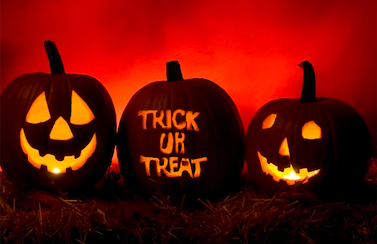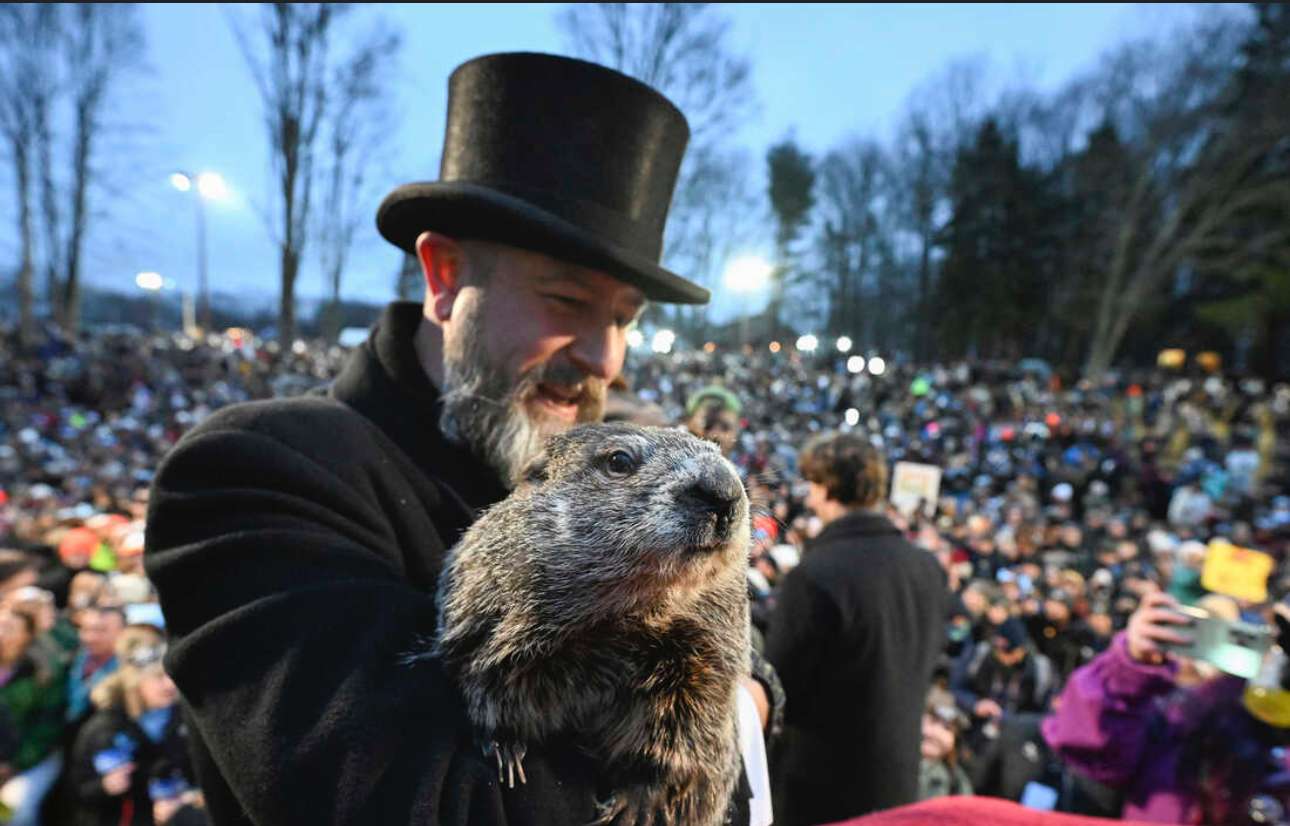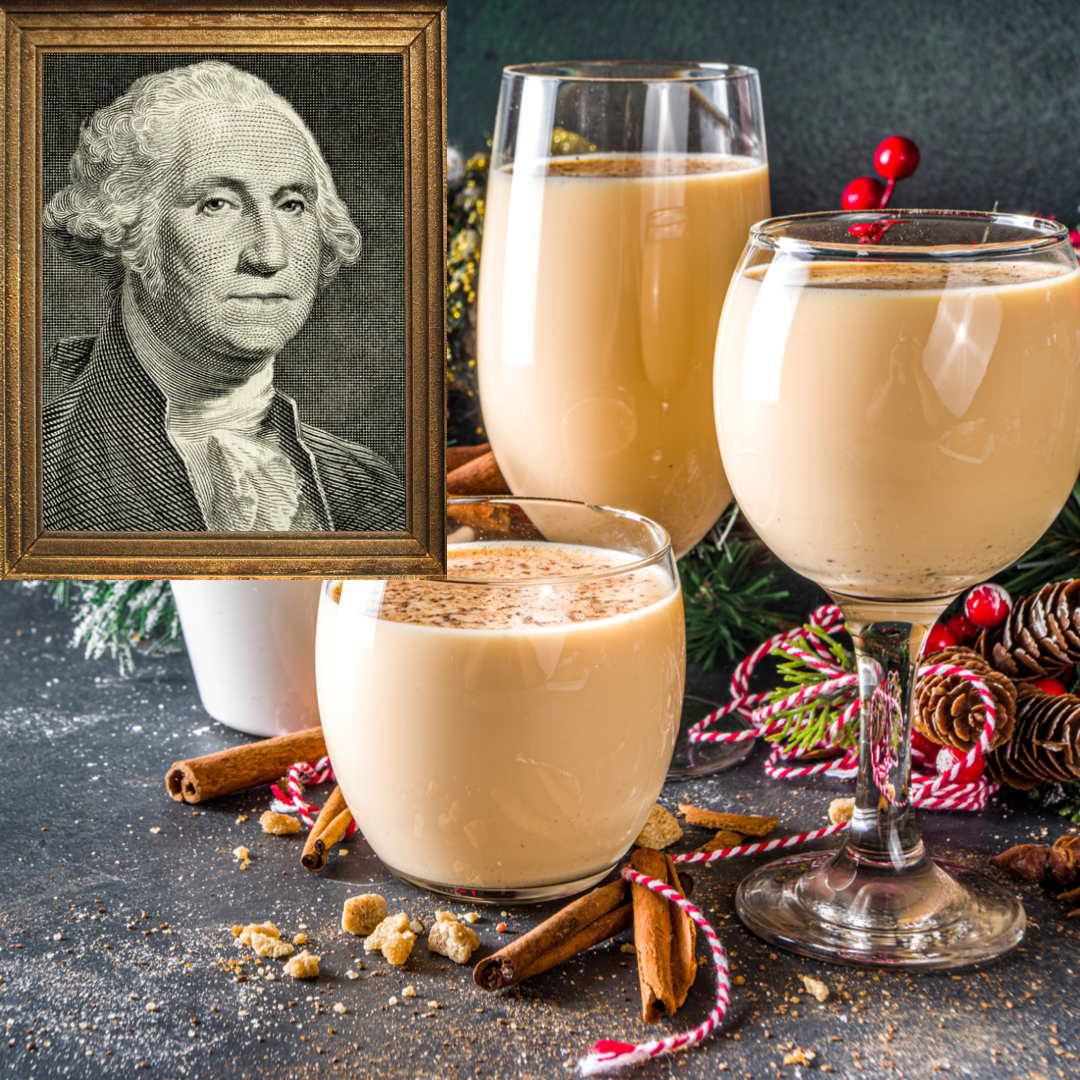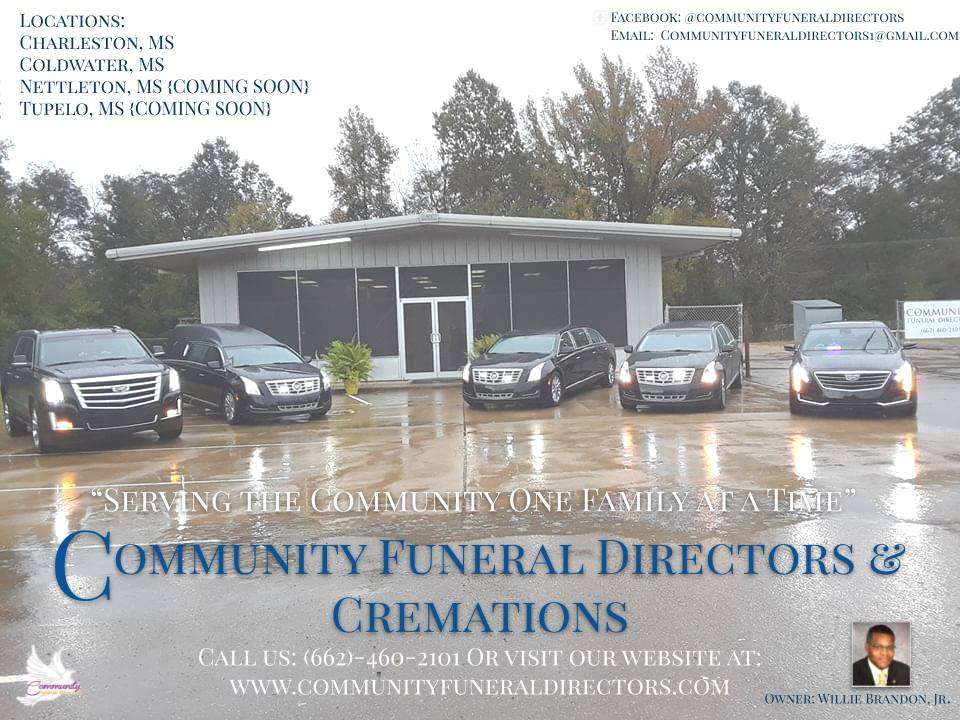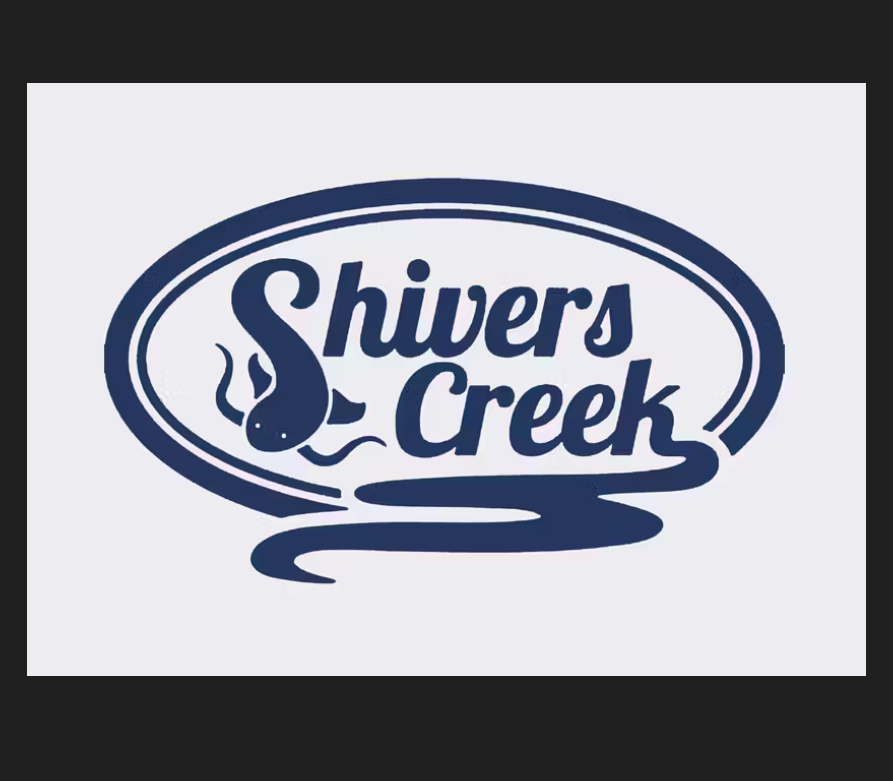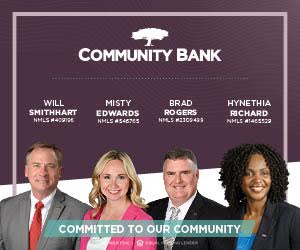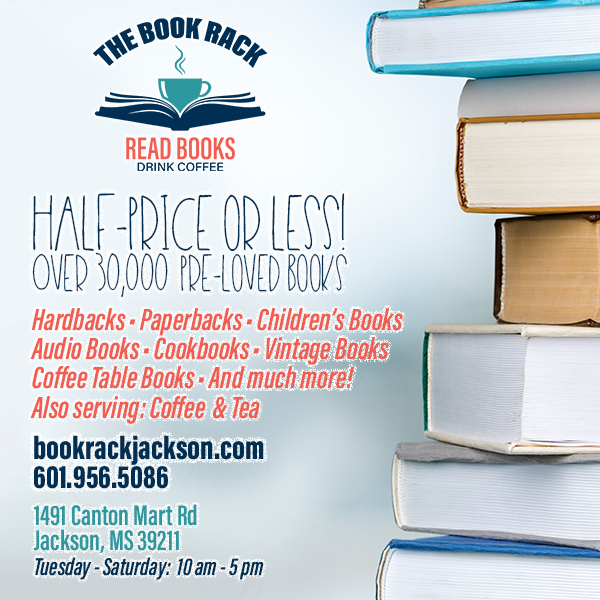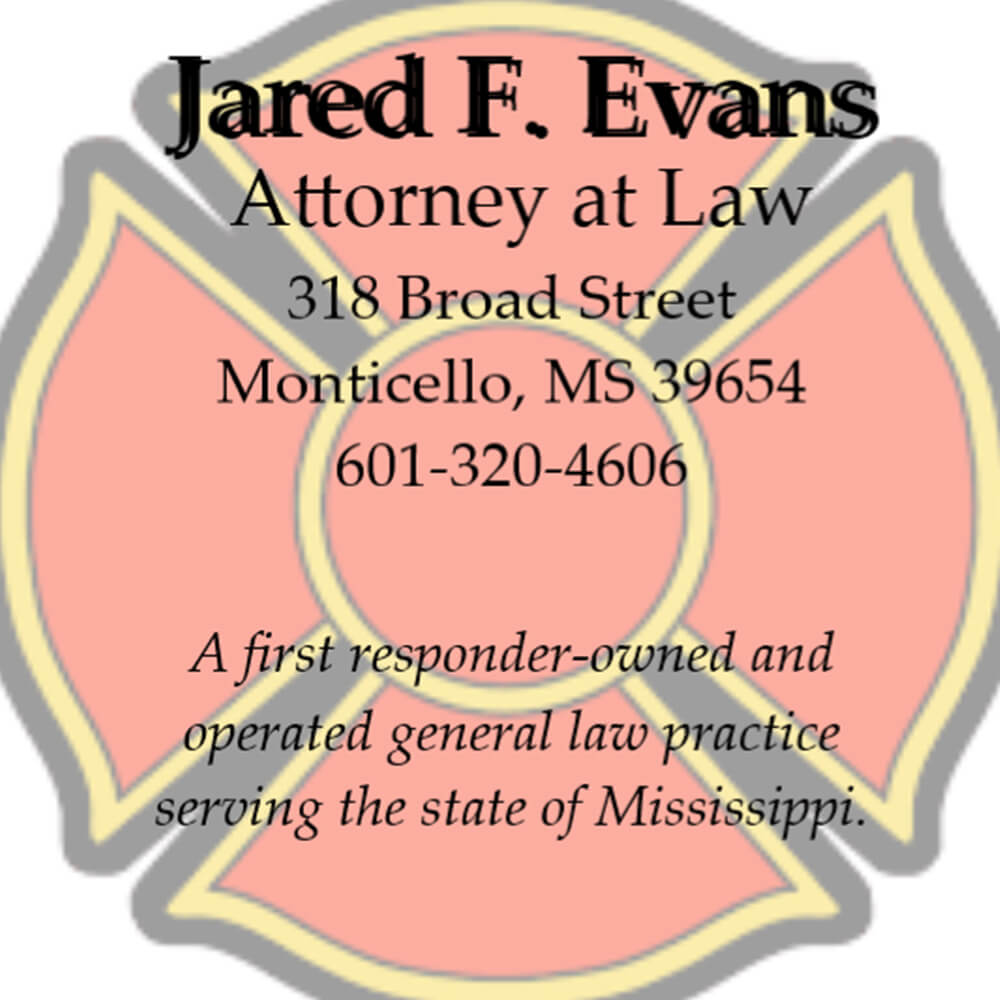Roughly 2,000 years ago, an ancient people known as Celts lived in the areas we now call Ireland, the UK, and northern France. The Celtic new year began on November 1, marking the end of harvest and the beginning of winter. In those days the cold, dark winters were often associated with death, and the Celts believed that the night before the new year was when the veil between the living and dead was thinnest. On October 31, they would celebrate Samhain (pronounced Sah-win), a night when spirits of the dead would return to visit. They lit large bonfires, dressed in costume to greet (or ward off) the spirits, and offered treats for the living and dead.

As Christianity began to spread, and cultures combined over the generations, many Celtic celebrations became entwined with Christian celebrations. In later years, the church began moving to replace older Celtic festivals with newer Christian ones. In 1000 AD, the church declared November 2 to be “All Souls’ Day”, a day to honor their dead. It was celebrated with large bonfires, costumes, and treats for local children.

The day before All Souls’ Day became known as All Saints’ Day, which was also called All Hallows’ Day. Thus, the night before All Hallows’ Day was known as All Hallows’ Eve, and from there the word evolved to “Halloween”.
American Halloween Traditions:
In the second half of the 19th-Century, immigrants flooded into America, bringing with them their own customs and traditions. Millions of Irish who had grown up with old Celtic tradition came in during those years, escaping the Irish Potato Famine. One Irish tradition was root vegetable carving, when turnips or other roots would be carved with frightening faces to ward off evil spirits. The name Jack-o-Lantern is also tied to the Irish, presumably growing from the legend of Stingy Jack, a thief who bargains with the devil and is doomed to roam the Earth with only a hollowed turnip to light his way.

By the 1920’s, Americans began to adopt the Halloween traditions shared by many cultures, such as dressing up in costumes to go ask for treats around the neighborhood (known as “guising” in parts of the UK). This evolved into the notion of passing out candy to avoid being pranked by local youth, hence the phrase “Trick or Treat?”

This community-oriented celebration is now the second largest commercial holiday (after Christmas) in our country, with Americans spending an estimated $6 billion annually on Halloween.


